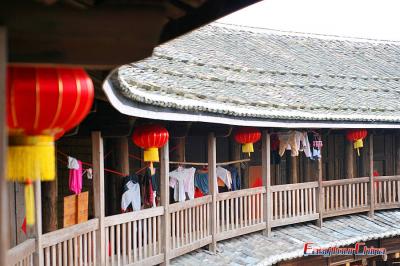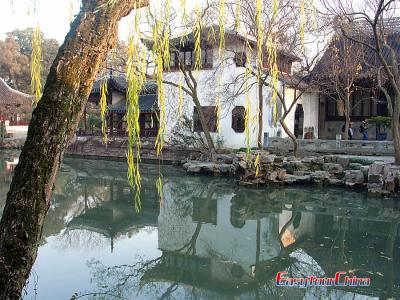Pavilion of the Surging Waves
Encompassing 1.07 hectares (2.7 acres) Pavilion of the Surging Waves, one of the oldest existing gardens, is well known for its peaceful scenery and simple architecture. It was built in the period 1041 to 1048 in the Northern Song Dynasty, more than 900 years ago by the poet Su Shunqin, who had just lost his official position and decided to buy a small piece of land in Suzhou on which to build a residence. That part of land in Suzhou, which he chose was know for its beauty. The garden is a fine example showing how the natural landscape both inside and outside could be merged.
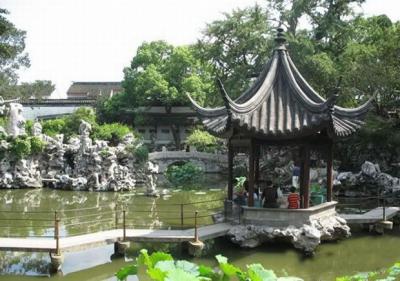
The garden has altogether 20 different buildings, 22 plate aux and tablets, 23 parallel couplets, 153 steles, 12 ancient trees and many other different plants.
Canglangting, a square pavilion, stands at the top of a hill. Couplets carved on its stone pillars read: "The refreshing breeze and the bright moon are priceless; the nearby water and the distant mountains strike a sentimental note." A corridor built by the canal lies in the north of the garden, linking the scenes inside the garden with that outside it.
Mingdao (Enlightened Way) Hall, located at the foot of the hills, is the major building of the garden. It was a hall for lectures during the Ming Dynasty (1368-1644). Surrounded by verdant trees, it looks significant, though the structure is of simple architectural style.
In addition to hills and waters, the garden is also famous for buildings with unique latticed windows. With different impressive designs, these windows have extremely high artistic value.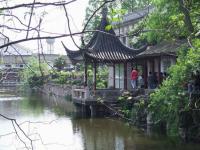
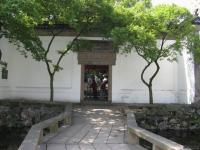
More Attractions in Suzhou

